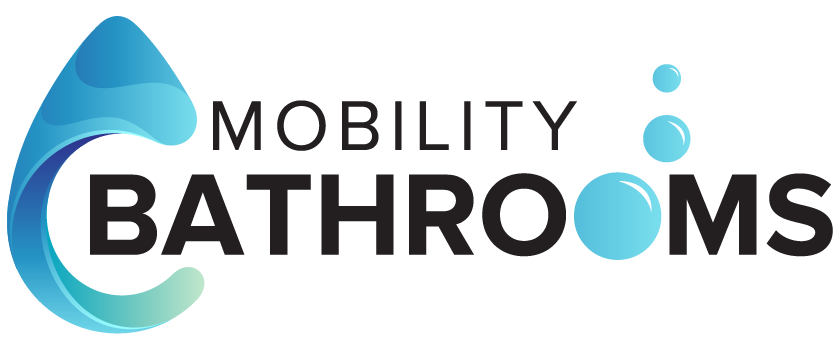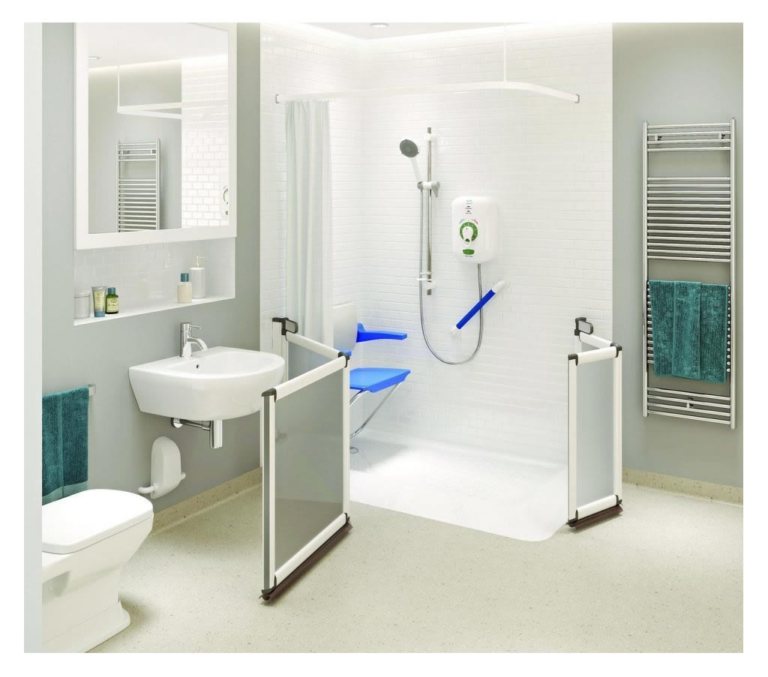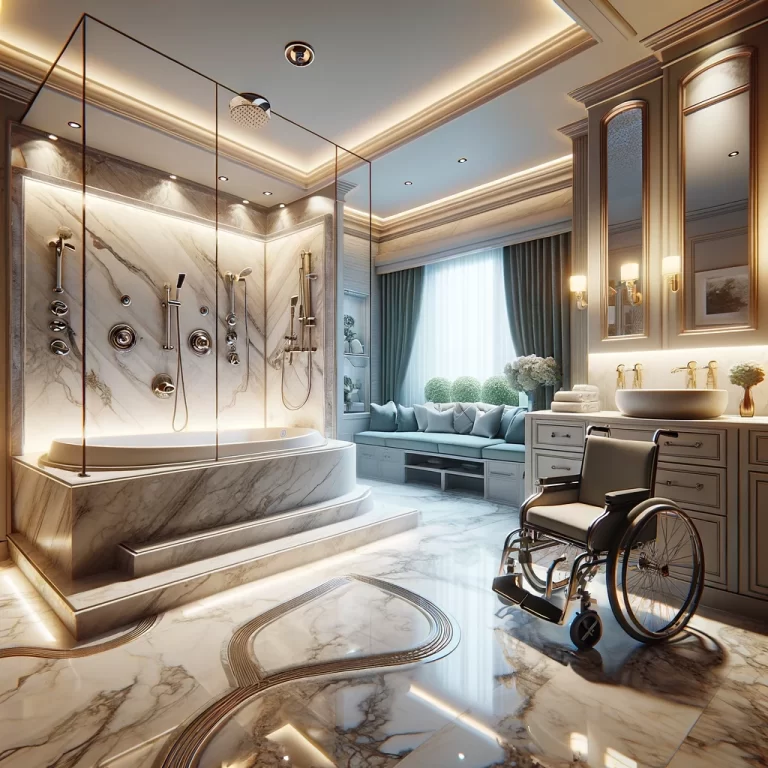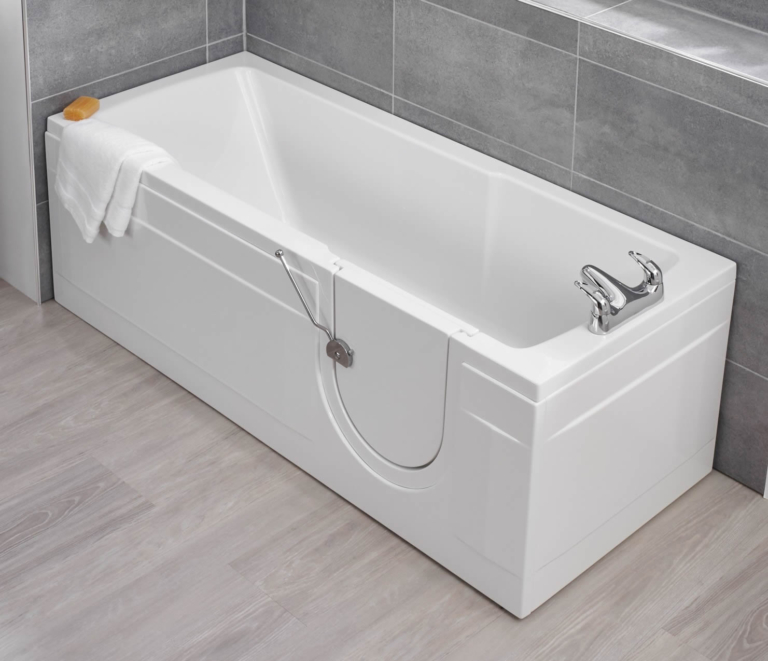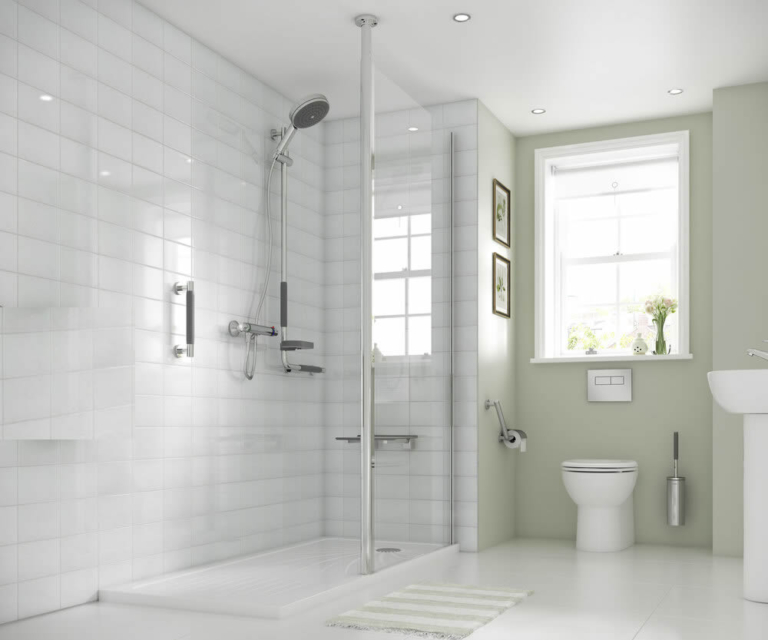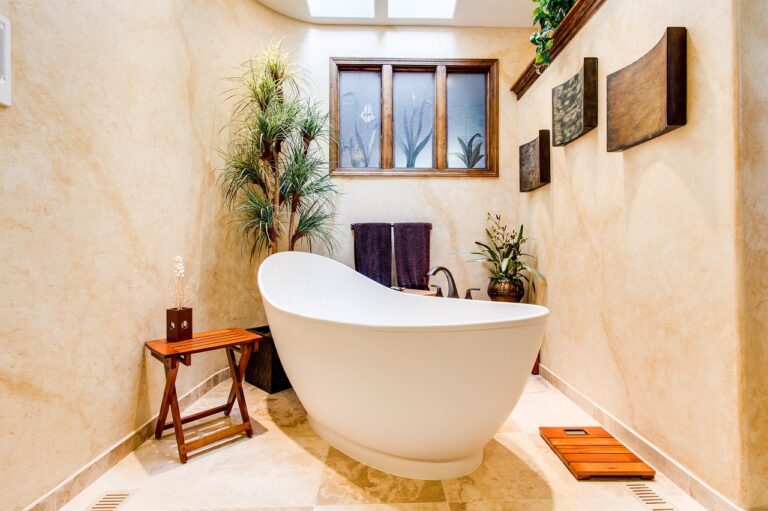What can be used if a person is unable to walk to the toilet
Are you or a loved one facing challenges when it comes to walking to the toilet? Whether due to physical disabilities, medical conditions, or injuries, there are options available to help maintain independence and hygiene. From bedpans and commodes to catheters and incontinence products, various solutions exist to assist individuals in need. It’s essential to consider factors like cost, comfort, and maintenance when choosing the right option. Let’s explore the benefits, limitations, and other factors to consider in this article.
What causes a person to be unable to walk to the toilet?
Various factors can contribute to a person’s inability to walk to the toilet, including physical disabilities, medical conditions, and injuries.
Individuals with physical disabilities such as paralysis, amputations, or muscular dystrophy may face challenges in reaching the toilet unassisted. People with medical conditions like stroke, arthritis, or multiple sclerosis may experience mobility issues affecting their ability to walk independently. Injuries, such as fractures or spinal cord injuries, can also limit one’s mobility to access the toilet.
For individuals facing these obstacles, toileting aids like raised toilet seats, grab bars, and commodes can provide the necessary support for safe toileting. Mobility aids such as wheelchairs, walkers, or sticks can assist in moving individuals to the toilet area. Assisted toileting services from carers or healthcare professionals play a crucial role in helping those who cannot walk to the toilet independently.
Physical Disabilities
Physical disabilities, such as limited mobility or muscle weakness, can hinder an individual’s ability to walk to the toilet, necessitating the use of specialised toileting aids and adaptations.
For individuals facing challenges in reaching or using conventional toilets independently, raised toilet seats can offer a higher seat level, making transferring on and off the toilet easier.
Moreover, toilet safety frames provide sturdy armrests for support during transfers and ensure stability when sitting down or standing up, enhancing safety and confidence.
Support frames, including grab bars strategically placed near the toilet, serve as crucial aids for maintaining balance, especially for those with limited strength or coordination.
Pressure relief mechanisms, such as bio bidets, not only support personal hygiene but also offer comfort and independence in toileting routines.
Facilities like Changing Places play a pivotal role in improving accessibility by providing specialised equipment, ample space, and support for individuals with diverse needs, including those requiring assistance from a carer.
Comfort height WCs are designed to be taller than standard toilets, promoting easier sitting and standing for individuals with mobility challenges, thereby reducing strain and potential discomfort.
Medical Conditions
Medical conditions such as incontinence, bladder and bowel problems, or skin-related issues can impact an individual’s ability to walk to the toilet, necessitating the use of specialised products and aids.
For individuals experiencing these conditions, accessing a toilet quickly and efficiently can be challenging, leading to discomfort and potential embarrassment. In such cases, incontinence pads and other continence products can offer much-needed relief and confidence. Using high-quality hygiene products and absorbent pads can help prevent skin irritation and the development of painful pressure sores, ensuring better overall comfort and well-being. These specialised products play a crucial role in maintaining dignity and improving the quality of life for those dealing with toileting challenges.
Injuries
Injuries, such as fractures or muscle strains, can restrict an individual’s mobility to access the toilet, requiring the use of aids like bedpans, urinals, and safety precautions for assisted toileting.
When an individual is suffering from injuries like fractures or muscle strains, basic activities such as walking to the toilet can become challenging and even painful. In such cases, the use of bedpans and urinals plays a crucial role in helping them manage their toileting needs without exacerbating their condition.
Besides aiding in toileting, these hygiene aids also contribute significantly to maintaining cleanliness and preventing pressure sores by reducing the need for frequent transfers and minimising unnecessary movements that could cause skin damage.
Along with bedpans and urinals, incorporating pressure relief aids like specialised cushions or mattresses can further enhance comfort and reduce the risk of developing pressure ulcers, especially for individuals who may be bedridden due to their injuries.
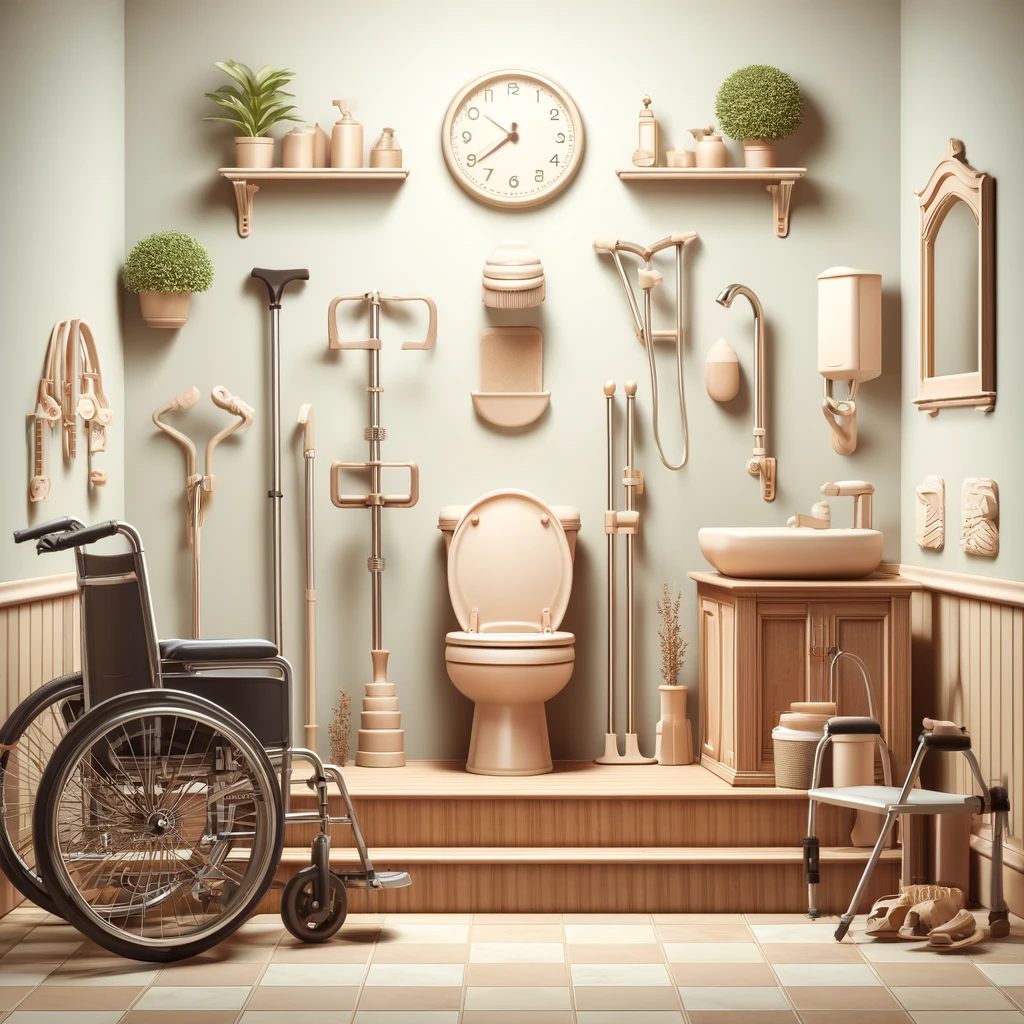
What are the options for a person who is unable to walk to the toilet?
For individuals unable to walk to the toilet, various options are available, including bedpans, commodes, urinals, catheters, and incontinence products.
Bedpans are suitable for individuals who are bedridden or have limited mobility, providing a convenient way to urinate or defecate without having to move to the bathroom.
Commodes, on the other hand, offer a portable solution that can be placed beside the bed, allowing for more independence.
Urinals are commonly used by males who may have difficulty accessing traditional toilet facilities.
Catheters provide a way to empty the bladder for individuals with severe mobility challenges.
Toilet bidet adaptations can be integrated into existing toilets to enhance hygiene and comfort, while grab rails offer added support and stability for those needing assistance in the bathroom.
Bedpans
Bedpans are essential toileting aids for individuals who cannot walk to the toilet, providing a convenient and hygienic solution to manage their toileting needs.
For those with mobility difficulties, using disposable commode pans is crucial in maintaining cleanliness and preventing infections. These pans often come with antibacterial protection, offering an additional layer of defence against harmful germs.
Utilising bedpan liners can further enhance hygiene by containing waste and minimising the risk of spills or leaks, which can lead to issues like skin breakdown. Proper disposal of these liners is also important to ensure a sanitary environment and prevent any unpleasant odours.
The careful selection and use of bedpans and related accessories play a significant role in promoting comfort and wellness for individuals with mobility challenges.
Commodes
Commodes offer a practical and accessible alternative for individuals who cannot walk to the toilet, providing flexibility and comfort in managing their toileting requirements.
These specially designed commode chairs come in various styles, such as bedside commodes, drop-arm commodes, and bariatric commodes, catering to different needs and preferences. Portable toilet chairs offer the added benefit of easy transport, making them ideal for use both at home and while travelling. For wheelchair users, commodes with adjustable heights and detachable armrests ensure seamless transfers. The continence section in commodes facilitates proper waste disposal, reducing the risk of infections and ensuring hygiene.
Urinals
Urinals are convenient and efficient options for individuals unable to walk to the toilet, offering discreet and manageable solutions for their toileting needs.
Portable urinals further enhance this convenience by allowing users to relieve themselves discreetly in various settings, whether at home, in a car, or during travel. These urinals come in different designs to cater to both men and women and are lightweight and easy to clean.
- Hygiene aids such as antibacterial coatings and spill-proof features in urinals contribute to maintaining cleanliness and minimising odor.
Ensuring proper hygiene is crucial for individuals with mobility challenges to prevent infections or skin irritations.
Catheters
Catheters provide a practical solution for individuals who are unable to walk to the toilet due to urinary incontinence, allowing for effective management and care of their urinary health.
Among the various types of catheters used, a penis sheath is an external device that fits over the penis to collect urine. It is essential to ensure the proper fit and hygiene maintenance while using catheters to prevent infections and skin irritation.
Hygiene products like cleansing wipes, skin barriers, and absorbent pads play a crucial role in incontinence management, maintaining skin integrity, and preventing leakage. Regular catheter changes and following a strict catheterisation schedule are vital for overall health and comfort.
Incontinence Products
Incontinence products like absorbent pads and adult nappies offer comfort and convenience for individuals facing bladder and bowel control challenges, ensuring effective management of incontinence issues.
For those navigating bladder and bowel problems, the continence section of most shops provides a range of options to cater to varying needs. Absorbent pads, commonly known as incontinence pads, are discreet and can be worn with regular underwear, offering a sense of normality.
On the other hand, adult nappies, also referred to as incontinence briefs, provide more comprehensive protection and coverage, making them ideal for individuals with heavy leakage or overnight needs.
What Are the Benefits of Using These Options?
Utilising options such as bedpans, commodes, and incontinence products can offer individuals increased independence, improved hygiene, and reduced risks of falls or injuries.
- Bedpans are especially beneficial for individuals with limited mobility or bedridden patients. They help in preventing bedsores by providing proper pressure care during extended periods of bed rest.
- Commode offers a portable toileting solution, making it easier for individuals to access bathroom facilities without assistance.
- Incontinence products, such as adult nappies and pads, enhance comfort and dignity while keeping the skin dry and reducing the chances of skin irritation.
Having handrails installed in bathrooms further promotes safety and stability during toileting activities.
Increased Independence
One of the key benefits of using toileting aids like commodes and urinals is the increased independence they provide, allowing individuals to manage their toileting needs more autonomously.
Regarding promoting independence, mobility aids play a crucial role in enhancing accessibility.
- Bed or chair raisers help individuals with limited mobility to transition from sitting to standing with ease, reducing the risk of falls and providing a sense of enablement.
- Additionally, hoists offer a safe and efficient way to transfer individuals with mobility challenges to and from the toilet, ensuring their comfort and security.
Improved Hygiene
The use of hygiene aids such as bedpans and commodes ensures improved cleanliness and sanitation, reducing the risk of skin damage and infections.
Hygiene aids play a crucial role in maintaining health and preventing the spread of germs.
Products like waterproof mattress protectors provide an extra layer of protection, guarding against spills and accidents that could compromise hygiene standards.
Having accessible and easily adjustable beds is also essential for individuals with mobility issues, ensuring they can maintain proper hygiene without difficulty.
Reduced Risk of Falls or Injuries
By using appropriate aids like grab rails and commodes, individuals can significantly reduce the risk of falls or injuries associated with accessing the toilet independently.
Chair raisers can provide extra support and assistance, particularly for those with mobility issues or weakness in the lower body. The elevated seat height offers a more comfortable and stable platform for lowering and rising, reducing strain on joints and muscles.
Handrails strategically placed near the toilet and within reach can offer crucial stability and balance support, especially for individuals prone to dizziness or unsteadiness. They provide a secure grip for leverage, aiding in the sitting and standing process, ultimately minimising the chances of accidents.
Easier for Caregivers
The use of toileting aids not only benefits the individual but also makes caregiving tasks more manageable for family members or professional caregivers.
Having the right toileting aids, such as commodes, raised toilet seats, and grab bars, can significantly enhance the comfort and independence of the person needing assistance. These aids not only promote safety but also reduce the physical strain on caregivers when assisting with toileting routines. Implementing carer’s assessments to tailor support to individual needs is crucial in ensuring the well-being of both the carer and the care recipient. Understanding and utilising VAT relief for essential care products, including toileting aids, can help alleviate financial burdens faced by caregivers.
What Are the Limitations of These Options?
Whilst beneficial, options like bedpans and commodes may have limitations, including cost implications, comfort issues, maintenance requirements, and infection risks that need to be considered.
Bedpans and commodes, although useful aids for individuals with mobility issues, can be costly to purchase and maintain over time.
The initial investment in specialised equipment like commodes can add up, especially when considering quality and durability. Comfort might be compromised, as the design of these devices may not always cater to individual preferences or needs.
The upkeep of bedpans and commodes requires regular cleaning and disinfection to prevent infections, which can be labour-intensive and time-consuming. Infection control is crucial to avoid potential health risks and ensure the safety of the individual using these facilities.
In some cases, individuals may be eligible to claim VAT relief on certain eligible products like commodes, under specific conditions, which can help alleviate some of the financial burdens associated with such essential aids.
Cost
One of the primary limitations of toileting aids is the associated cost, which can be mitigated through schemes like VAT relief for eligible individuals or families.
For those who find themselves in need of specialised toileting aids due to mobility issues or disabilities, the expenses can quickly add up, making them inaccessible to many. With VAT relief, individuals can reclaim the VAT on certain products, helping to make these essential aids more affordable.
Companies like Manage At Home offer a wide range of qualifying products that are eligible for VAT relief, providing options for individuals looking to invest in quality aids without bearing the full financial burden.
The process of claiming VAT relief is straightforward, typically involving a self-declaration of eligibility at the point of purchase. It’s important to note that not all products qualify for this relief, so it’s advisable to check with the retailer or consult the HMRC guidelines for specific details.
Individuals concerned about the security of online transactions should rest assured that reputable retailers like Manage At Home have secure payment gateways and websites encrypted to protect sensitive information, ensuring a safe and hassle-free shopping experience.
Comfort
Comfort is a crucial consideration when choosing toileting aids, as products like commodes or raised toilet seats should provide adequate support and pressure relief for users.
Individuals with mobility challenges or health conditions often require assistance in maintaining a comfortable and safe bathroom experience. For many, pressure relief is a key aspect to prevent discomfort and potential health issues. That’s why options such as comfort height WCs or specialised chair raisers are sought after, as they cater to the specific needs of the user.
Along with support and pressure relief, the aspect of hygiene is also crucial in toileting aids. Hygiene aids integrated into products can enhance cleanliness and promote user independence. These holistic features contribute to a greater sense of comfort and well-being during daily activities.
Maintenance and Cleaning
Maintaining and cleaning toileting aids such as bedpans or grab rails is essential for hygiene and user safety, requiring regular upkeep and care.
Regarding bedpans, utilising bedpan liners can make the cleaning process more convenient and efficient, reducing the risk of spillages and contamination. Integrating specialised hygiene products designed for these aids can help ensure optimal cleanliness and odour control.
For comfort height WCs, regular cleaning with appropriate disinfectants is crucial to prevent the spread of germs and maintain a sanitary environment. Transfer poles, another essential toileting aid, should also be cleaned regularly to ensure stability and reduce the risk of slips or falls.
Potential for Infection
Toileting aids like commodes or incontinence products may pose a risk of infection if not used or maintained properly, underscoring the importance of antibacterial protection and preventive measures.
One common method to enhance infection control with toileting aids is by using bedpan liners, which act as barriers to prevent direct contact with the waste material, reducing the chances of contamination and spread of pathogens.
It’s crucial to address the issue of skin breakdown that can result from prolonged exposure to moisture or friction, making proper hygiene practices, including regular cleaning and thorough drying, essential for overall health and well-being.
What Other Factors Should Be Considered When Choosing an Option?
Along with functionality, factors such as mobility, space constraints, accessibility, and personal preferences should be taken into account when selecting a toileting aid.
For individuals with varying mobility requirements, it’s crucial to choose a toileting aid that provides the necessary support and ease of use. Wheelchair users, for example, may require aids that are compatible with their mobility devices, ensuring seamless transitions. Considering the space available in the bathroom is also vital; some aids may require more room for proper installation and utilization. Personal preferences play a significant role too, as comfort and usability are subjective aspects that differ from person to person.
Mobility
The mobility needs of the individual play a significant role in determining the most suitable toileting aid, whether it involves transfer poles, hoists, or considerations for wheelchair users.
For individuals with limited mobility, transfer poles and hoists are essential tools that can greatly enhance their independence and safety when using the toilet. Transfer poles provide stability for those needing extra support while moving from one surface to another, such as from a wheelchair to the toilet.
On the other hand, hoists are valuable for individuals who require assistance with transferring from a bed or wheelchair to the toilet. These devices help reduce the risk of falls and injuries by providing a secure and controlled transfer process.
Ensuring accessibility in the bathroom is crucial for individuals with mobility challenges. This may involve installing grab bars, raised toilet seats, and other modifications to create a safe and comfortable environment.
Space and Accessibility
Factors such as available space and accessibility considerations, including features like comfort height WCs and grab bars, are vital in ensuring a suitable and user-friendly toileting setup.
When choosing toileting aids, individuals or caregivers must take into account the demands of the space available, especially in confined areas where standard-sized fixtures may not fit optimally. Comfort height WCs are raised toilets designed to assist people with mobility limitations or joint issues, providing a more comfortable seated position for easier transfer on and off the toilet.
The installation of strategically placed grab bars can significantly enhance safety. These sturdy support bars come in various lengths and shapes, offering leverage and stability, particularly for individuals with reduced balance or strength.
Personal Preferences
Considering personal preferences, comfort levels, and individual needs is essential when selecting a toileting aid, ensuring a tailored and satisfactory solution for the user.
Regarding toileting aids, user satisfaction should always be the top priority.
Comfort plays a crucial role in determining the most suitable solution, as each individual has unique requirements. Some users might prefer raised toilet seats for added convenience, while others may find bedside commodes more practical, especially for those with mobility issues. The ability to easily return or exchange the product is also significant, as it provides peace of mind in case the chosen aid doesn’t meet expectations. The availability of changing places and flexible policies on refunds can greatly influence the overall user experience and confidence in the product selection.
Frequently Asked Questions
What can be used if a person is unable to walk to the toilet?
There are several options available for individuals who are unable to walk to the toilet, depending on their specific needs and abilities. Here are some commonly used solutions:
Can a commode chair be used if a person is unable to walk to the toilet?
Yes, a commode chair is a popular choice for individuals who are unable to walk to the toilet. It can be placed next to the bed or in any convenient location, and features a seat, armrests and bucket for easy use. Some commode chairs even have wheels for added mobility.
What about bedpans?
Bedpans are another option for individuals who are unable to walk to the toilet. They are designed to fit under the individual’s bottom while they are lying down and can be easily removed for cleaning. However, bedpans may not be suitable for those with limited mobility and may require assistance from a caregiver.
Are there portable urinals available?
Yes, portable urinals are a convenient option for those with limited mobility. They are small, lightweight and can be used while sitting or lying down. Portable urinals come in different designs, including ones with a handle and a spill-proof cap for easy use and disposal.
Can a bed wetting alarm be used?
A bed wetting alarm is not a suitable solution for individuals who are unable to walk to the toilet. This device is designed to detect moisture and trigger an alert to wake the individual and stop bedwetting. It may not be effective for individuals with mobility issues.
What if none of these options are suitable?
If none of the above options are suitable, there are other alternatives such as incontinence pads, disposable underwear, or catheters that can be used. It is important to consult with a healthcare professional to determine the best solution for individual needs.
